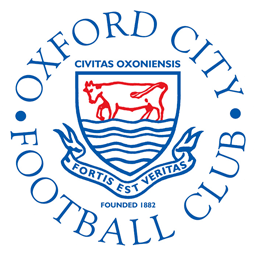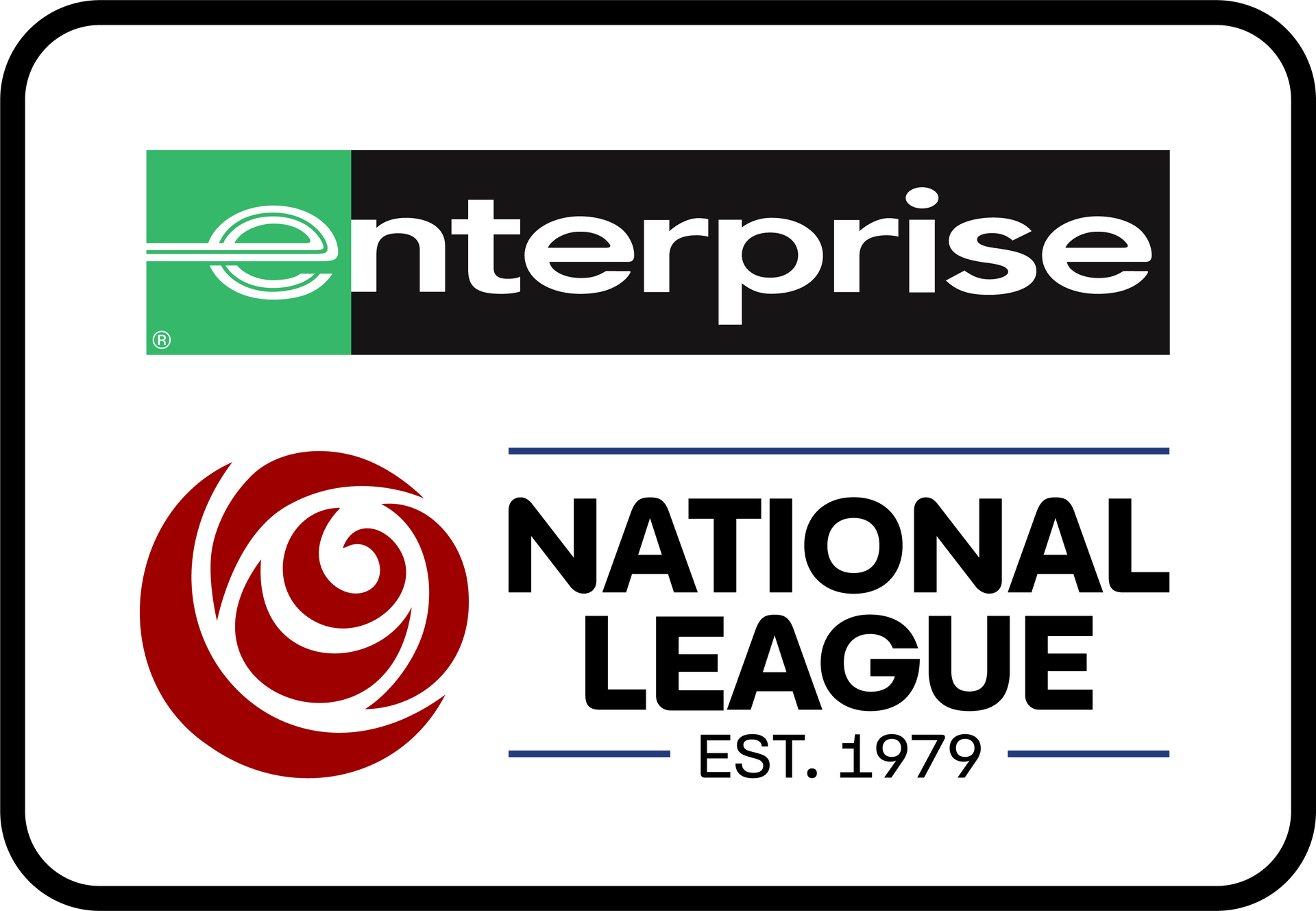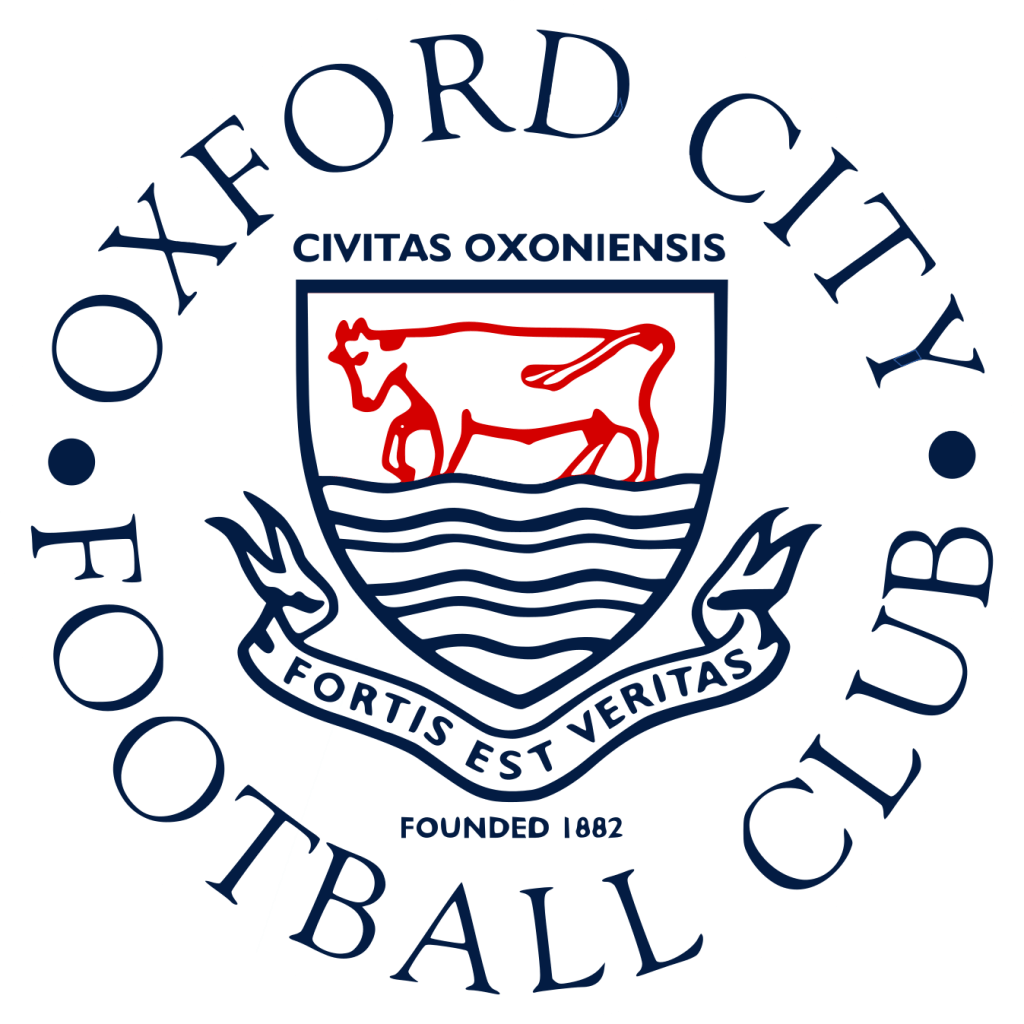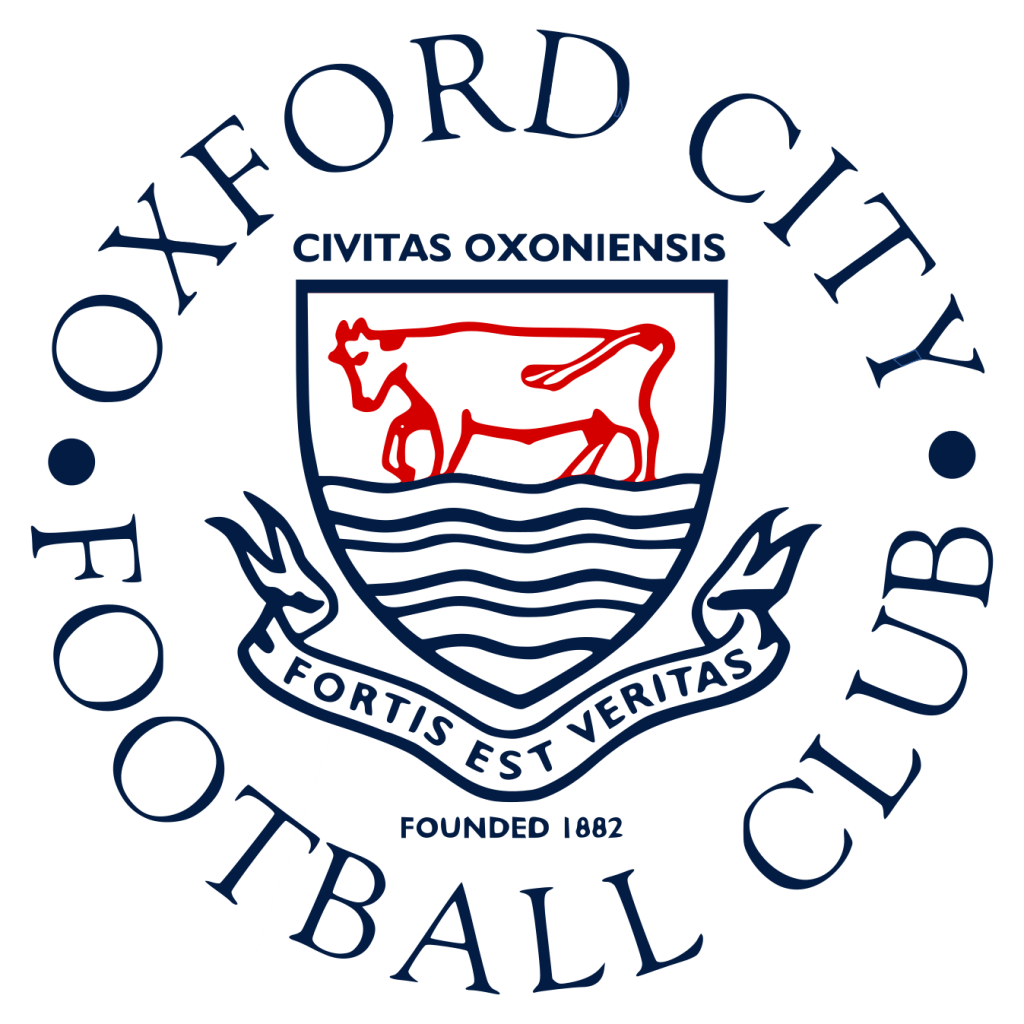OXFORD CITY THROUGH THE YEARS
-
1882? 1883? 1884?
There has always been some uncertainty about the official foundation year of Oxford City F.C. One thing we know for sure is that the club’s official first recorded match was in 1884 - March 15th to be precise - at Thame Grammar School, a match that ended in a 4-2 defeat for the City.
Of course, no one can be certain on the exact date, this is just the earliest confirmed documented match that City have played. Earlier dates have been touted, including 1882 where an Oxford City team were playing rugby, but not validated whether this was the same club, but this is the foundation date that has been adopted by the club.
The early years of Oxford City saw matches played irregularly, as they were a sort of ‘representative’ club, made up of players from other sides within the City. This included a decade of playing nearly no matches, so in 1896 a major restructure occurred which relaunched the club into it’s current day form.
-
Amateur Cup Winners
Just four years after the major restructure, the club earned it’s first silverware, the Oxfordshire County Cup – the first of 36 titles the club would earn in what is now know the Oxfordshire Senior Cup.
Early FA Cup success would follow as well, with journeys to the First Round in 1901/02. This could be argued as the club’s furthest ever progression in the FA Cup (despite several Second Round appearances in the future), with this run seeing the club to the final 32, which would be the equivalent Fourth Round in today’s competition.
But a decade after the restructure, the club’s only modern-day FA national cup success came in the Amateur Cup. Having reached the final three times – 1903, 1906 and 1913 – the first and last did see defeats after replays, but the club were triumphant in the middle year as they beat Bishop’s Auckland 3-0 in a snowstorm.
-
The Isthmian Years
The year following City’s Amateur Cup success, they were invited to join the Isthmian League, a place they would remain for 80 years.
Initially, they joined a league of just six sides, including Dulwich Hamlet and Clapton, and they finished fourth after ten matches, winning 5 and drawing 1 of these games, finishing just one point off the top of the table in a tightly fought division.
Despite never winning the Isthmian League, the Hoops did twice finish runners up, in 1934/35 and then just over a decade later in 1945/46.
While football largely paused during the war years – certainly the Isthmian League did between 1939 and 1945 – Oxford City managed to put something of a strong side together that competed in the Great Western Combination league under the captaincy of Percy James.
The issue with this strong team is that following the war, many joined professional sides, and this largely meant that through the 1950s the club went into decline, and followed a spell where they finished near enough bottom of the Isthmian League – even warranting a warning from the Isthmian League that performances would need to improve if they wanted to remain members of the league.
-
One? Two? No... Five Replays!
City’s results certainly picked up and they were able to remain members of the Isthmian League, and even performances in the cup competitions improved as well, with a run of five successive trips to the First Round of the FA Cup in the 1960s. This even included City’s first ever trip into the Second Round in 1969/70 as they played Swansea.
But in this period of time the club would hit the headlines a few times. The first of these came just two seasons after that tie against Swansea Town, as City were drawn against Alvechurch in the fourth qualifying round of the FA Cup.
At first, there’s nothing extraordinary about this, it was a 2-2 draw, which meant that it returned to the White House Ground for another replay. But the sides continued to be inseparable as the first replay was a 1-1 draw, the second also a 1-1 draw, the third and fourth 0-0 draws, leading to an FA Cup record fifth replay at Villa Park, that Alvechurch nicked 1-0.
This is a record that will never be beaten as second (and subsequent) replays were abolished. In fact City were the only side to ever go to a second-replay after this rule was abolished, due to a poorly timed fire alarm ahead of a penalty shootout at Wycombe Wanderers in 1999/2000.
But these aren’t the only two FA Cup records that City hold, as Danny Wise holds the record for most goals scored as coming on as a substitute, as he netted five in a 10-0 win against Shoreham just a year after in 2000/01.
-
A World Cup Winner Comes to Town
With FA Cup headlines hitting the club in the recent years, it wouldn’t be long before the club was once again in the headlines, in particular due to its choice of a new managerial team in 1979/80.
One of the finest defenders to have ever played the game, and the only England captain (so far at least) to lift the World Cup, rocked up at the White House Ground, with Bobby Moore taking his first managerial position at the club.
Lesser known about this story is this also sparked the start of Harry Redknapp’s coaching career as he came to City with his former team-mate as the pair looked to guide City out of the Isthmian League.
In reality, the move didn’t really work out for either party, with Moore & Redknapp unable to save City from relegation. The following season, they guided City to a 7th place finish in Isthmian League Division 1, but Moore would leave the club at the end of this campaign.
However, the season did see City’s involvement in the Anglo-Italian Cup in it’s semi-professional years. Home games against Sanremese and Modena then later saw a trip over to Italy and matches against Francavilla and Civitanovese. City only managed a win against the latter.
The Oxford City and Harry Redknapp story doesn’t quite end there, however, as City were once again headline makers, as a friendly between City and Redknapp’s West Ham saw one of the most infamous football moments as the Hammers’ gaffer bought on a supporter in the second half.
-
A White House Eviction
Despite the several newsworthy stories, it wasn’t a particularly successful time for the club, as twice in the 80s the club were relegated into the Isthmian League Division One, but worse was to come for the club in 1988.
An undignified eviction as landlord Brasenose College exercised a legal technicality due to activity at the ground, which all of a sudden left City homeless, and as a result resigned from the Isthmian League.
The White House Ground has been home to Oxford City since 1900s, and had been plenty of memories at the ground along the Abingdon Road.
However, the club didn’t disappear completely, as a number of dedicated club officials made sure that the club’s name stayed alive, and for a couple of seasons ran just a youth team to bridge the gap.
-
A 'Pheonix' Who Rose Through the Leagues
While not exactly a phoenix club, the ‘new era’ at the club almost feels as such, and the club re-entered senior football back in 1990 in the South Midland League Division One, and had set themselves up at Cutteslowe Park. City quickly set about rising through the league, and by 1993 had regained their Isthmian League status.
This also coincided with the opening of their new permanent ground, and still home today, Court Place Farm. This ground was made possible by the tireless work of the committee, supporters, Oxford City Council, and also White House landlords Brasenose College. A bumper crowd of over 1,800 saw the opening match against Oxford United – a game that saw referee Dermot Gallagher make a spectacular entrance in the Fox FM helicopter!
City would then remain in the Isthmian League for another decade, before a pyramind re-structure saw the club moved across to the Southern League, spending 8 seasons (with a quick beak for a season in the Spartan League), moving between the Premier, and Division 1 (Steps 3 & 4) up until the end of the 2011/12 season.
-
Que Sera Sera
City were promoted out of the South Midlands League in 1994/95, which of course meant that it would also be their last season in playing the FA Vase, with a return to the FA Trophy having moved up to the Step 4.
But City made sure their final season in the Vase was a special one. Wins against Herne Bay, Milton United, Peacehaven, Croydon, Taunton Town and Canvey Island set them up for a semi-final against Belper Town.
Being two-legged, City travelled first up, and lost 1-0, and so a match at home became crucial, and they certainly made the most of this as they turned it around and won 3-1 (after going 1-0 down again), to book a date at Wembley against Arlesey Town.
It wasn’t to be that day as the Hoops fell to a 2-1 defeat, but certainly a memorable experience with the club heading to Wembley for the first (and still only) time.
-
North, then South
2012 saw the Hoops promoted into the Conference North for the first time, a division that they’d spend three years in.
Under Mike Ford, City finished 10th in their first season, a very respectable effort for a newly promoted team. The club did have a bit of fortune in their second season however, finishing third bottom of the division, which would normally mean relegation, but thanks to Vauxhall Motors’ voluntary relegation, City would live another day.
They certainly made the most of their chance in 2014/15 as they finished just a single point off the play-offs, but finished as the top away scorers across the top six divisions, scoring seven away from home twice, and five a further two times.
A move to the National League South followed after three seasons North, certainly making travelling easier, a division that the club stayed for eight successive years.
Cup success returned during this period, with five First Round visits in six seasons, with special mentions to 2017/18 and 2020/21, with Second Round appearances, both times getting there by beating Football League opposition (Colchester, and Northampton), the first time the club had ever competitively beaten EFL sides.
-
Reaching the Peak
Mid-table finishes between 2015 and 2019 saw the club very much cement their Step 2 position under Mark Jones’ leadership, however the appointment of David Oldfield as manager in 2020 certainly changed the club’s approach, and also fighting the top of the table.
2020/21 saw the club fighting for top spot, however the league was cruelly voided after 17 games due to the Covid-19 pandemic.
2021/22 saw a replication of this, however a fifth place finish had to suffice after 40 matches, but did at least see a first ever play-off campaign at Step 2. A win in front of 1,300 against Eastbourne Borough set City up for a semi-final against Dorking Wanderers, but Wanderers were too strong on the day.
But the very next season, City went one better. Finishing 3rd after 46 matches, after a particularly strong second half of the season, the club went straight to the semi-final, beating Worthing at home 2-0, which then set up a home final against St Albans City.
A quite frankly unbelievable first-half would follow in that match – City took the lead in just the second minute, and by the half-time whistle had racked up an unassailable 4-0 lead to take them to the top rung of Non-League Football for the very first time in their history.
